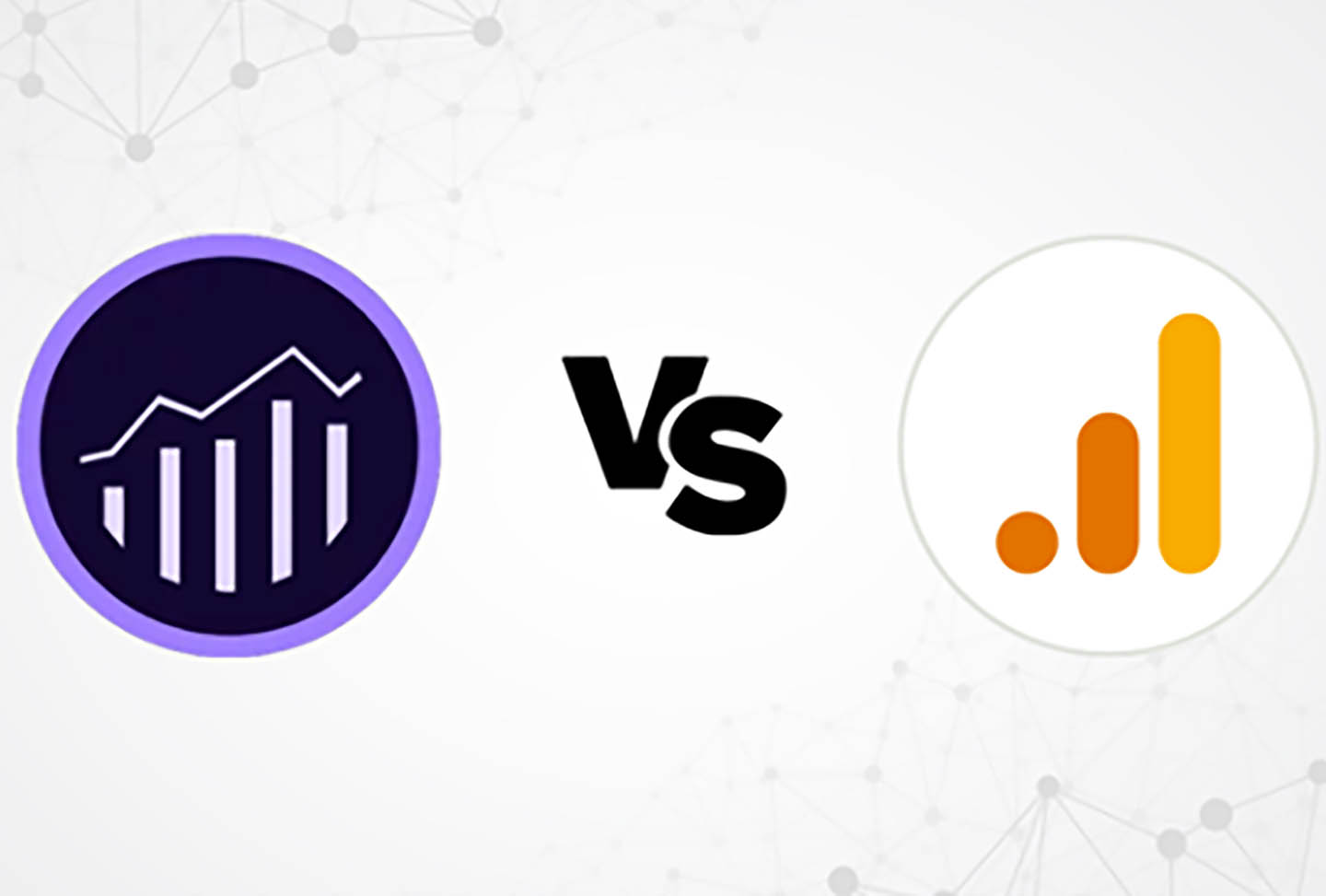
A Deep Dive into Adobe Analytics and Google Analytics 4
Adobe Analytics, Google Analytics
17 July 2023
As we continue to navigate the digital landscape in a rapidly changing, post-cookie world, businesses must strategically select their analytics platforms to effectively capture and analyze essential data. Two leading contenders in the analytics field, Adobe Analytics and Google Analytics 4 (GA4), offer comprehensive tools to handle this shift. Here’s an in-depth comparison to help enterprises make the best decision.
Data Collection
Google Analytics 4 emphasizes a user-centric, event-based model, capturing data related to clicks, scrolling, and dwell time. However, data thresholds may apply to certain reports and explorations, making it slightly unclear about the minimum user count.
Adobe Analytics provides a similar data schema, consisting of a hierarchy of Visitor, Visit, and Hits. However, it surpasses GA4 by integrating data from both online and offline channels. Adobe utilizes participation metrics, akin to Google’s events, to formulate rich audience segments. Although Adobe’s data thresholds might be higher than Google’s, the specific minimum visitor requirements remain undisclosed.
Predictive Insights
While GA4 offers built-in machine learning to forecast user behavior, helping businesses understand the likelihood of a user group making a purchase, Adobe Analytics takes it a step further. Adobe utilizes advanced statistical modeling algorithms for anomaly detection, behavior correlations, and intelligent alerts. While Google’s predictive insights are more geared towards eCommerce, Adobe’s insights offer value across diverse sectors, including B2B marketing.
Cross-Channel Journey Tracking
GA4 extends UTM tracking to 25 event parameters, offering a more complete customer view. Unlike the previous Universal Analytics, GA4 continues data collection even if a UTM parameter changes.
In contrast, Adobe Analytics goes beyond this with its open measurement protocol, collecting data from almost any channel, both online and offline. Additionally, Adobe uses a machine learning attribution algorithm to understand user behavior, generating attribution insights and best-fit models.
Update Time
Google’s Service Level Agreement (SLA) states that insights and user lifetime analytics can take up to 24 hours to process, a factor that might be inconvenient for time-sensitive use cases. In contrast, Adobe boasts a shorter latency, completing reports in just 2 hours, offering near real-time insights.
Reporting
GA4 provides predefined reporting models centered around the customer lifecycle, divided into Acquisition, Engagement, Monetization, and Retention. It focuses primarily on conversion-based properties like eCommerce and B2C websites, apps, and games.
Adobe Analytics, on the other hand, combines analysis and reporting into a unified platform known as Analysis Workspace. It generates real-time insights, enabling businesses to optimize the customer experience proactively rather than retrospectively analyzing past activity.
Price
While GA4 is free for standard features, scaling up data collection or acquiring enterprise-level technical support necessitates an upgrade to GA4 360, starting at USD 50,000 per year for up to 25 million monthly events.
Adobe Analytics, designed with enterprise capabilities, doesn’t offer a free version. After the 30-day trial period, the subscription rates for the Select, Prime, and Ultimate levels range from USD 30,000 to USD 150,000, reflecting its advanced capabilities.
Bottom Line
The choice between GA4 and Adobe Analytics ultimately depends on your specific business needs, especially considering the size and complexity of your analytics requirements. Important factors to consider include:
- Monthly hit registration: If your site registers 1m+ hits per month, you may need a more robust platform.
- Data volumes: Businesses with multiple properties collecting large data sets might benefit more from Adobe Analytics.
- Speed: If you need to process and act on data quickly, Adobe’s shorter latency may be advantageous.
- Focus: If your focus is customer experience management rather than just conversion metrics, Adobe Analytics offers more comprehensive insights.
If your enterprise has ambitious growth plans and a rapidly expanding user base, Adobe Analytics could provide the data-driven insights necessary to enhance your customer experience and business growth.
Remember, selecting the right analytics platform is a strategic decision that can impact your business’s future, especially post-2024 when Google will stop registering new hits on Universal Analytics. Seek personalized advice based on your business needs and become customer experience management specialists.
